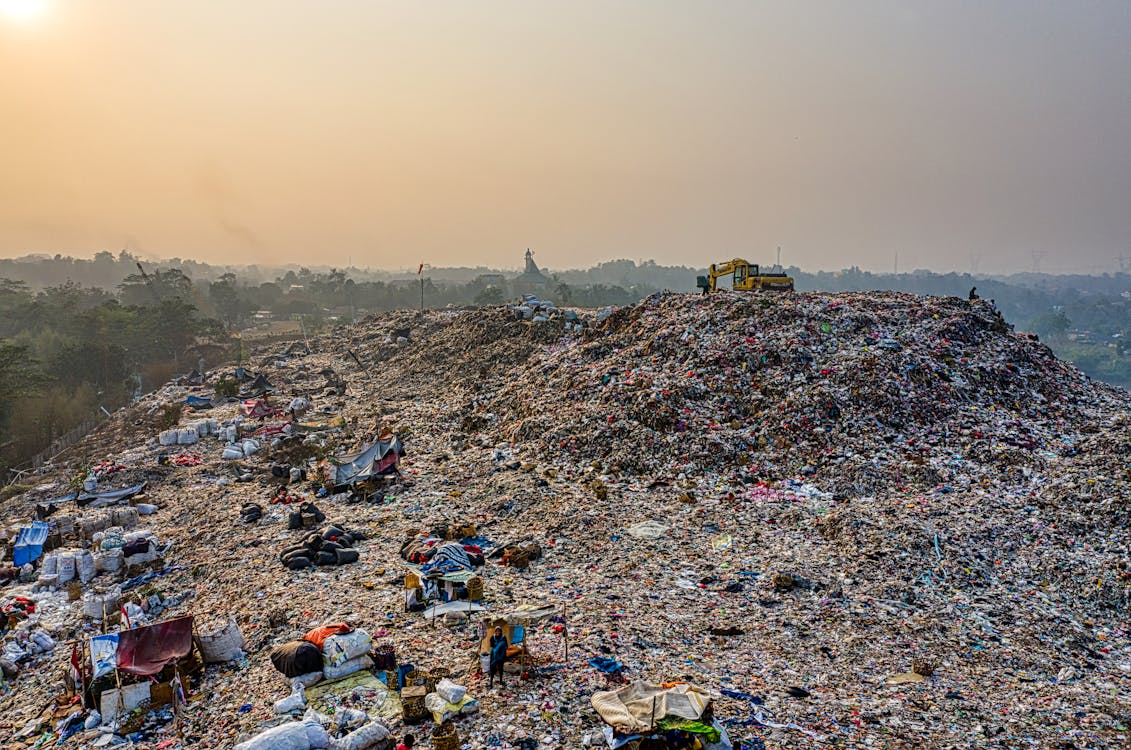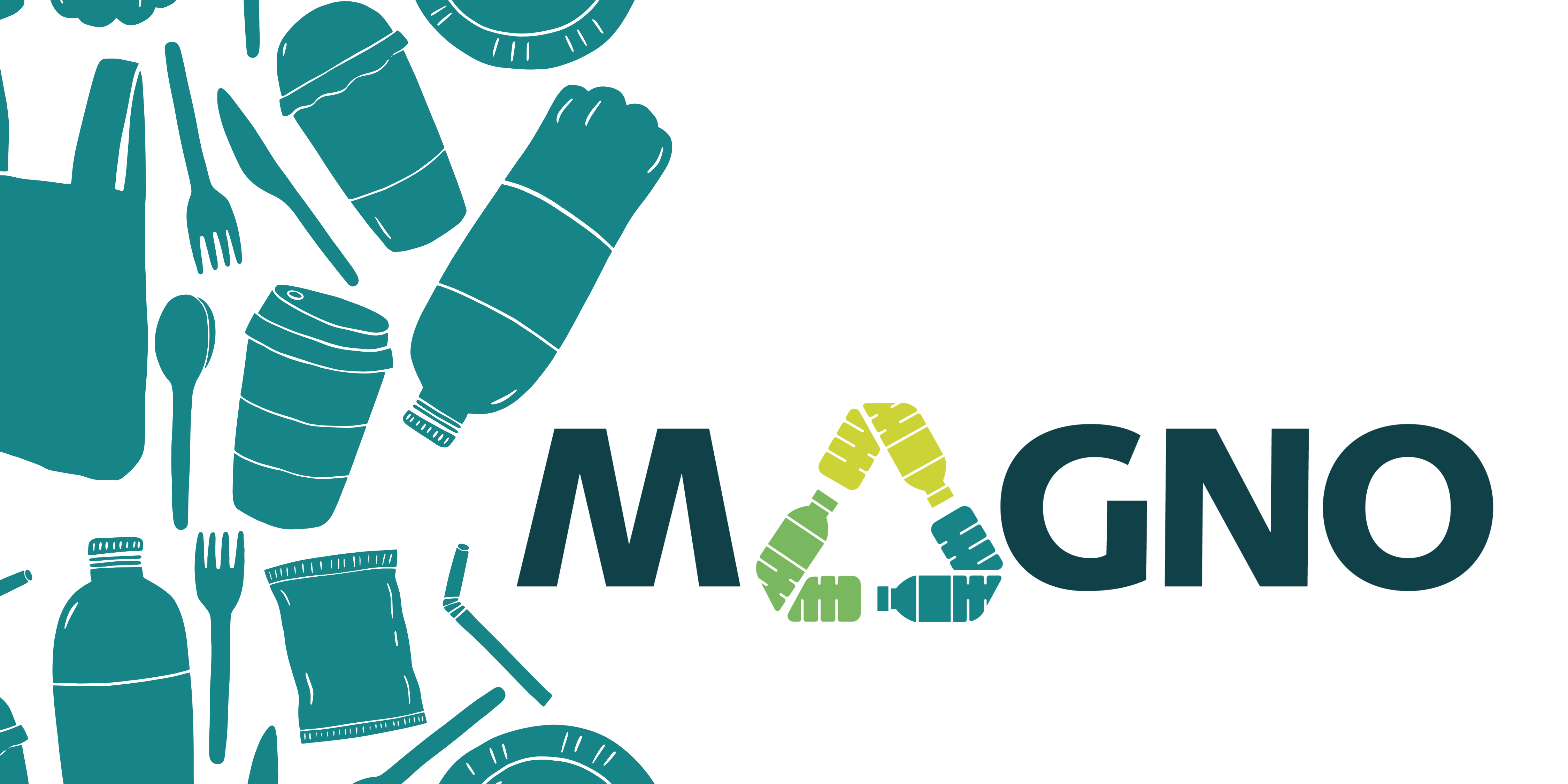The Environmental Consequences of Plastic Pollution: Its Determinants at EU level
The European Union, despite its policies, continues to struggle with the growing consequences of plastic waste. Understanding the environmental outcomes and the factors that contribute to plastic pollution, such as plastic degradation, microplastics and other determinants, is critical in addressing the crisis effectively and to allow consumers (we all individual human beings) to navigate the complex pletora of profit-seeking business models.
The Environmental Consequences of Plastic Pollution
Plastic pollution affects nearly every corner of the planet, from terrestrial ecosystems to the deepest parts of the oceans. In the EU, where annual plastic production exceeds 50 million tonnes, much of this waste stems from single-use plastics and food packaging. Once disposed of, these materials often escape collection systems and accumulate in the environment, leading to several consequences.
One major issue is the threat to biodiversity. Plastic waste in rivers, coastal areas, and open seas poses significant risks to wildlife. Marine species, such as seabirds, turtles, and fish, frequently ingest plastic debris, mistaking it for food. This can lead to malnutrition, digestive blockage, and even death. The Mediterranean Sea, bordered by several EU nations, has become one of the world’s most plastic-polluted bodies of water, with an estimated 250 billion microplastic particles present. Not to speak about meso (5 mm and 2.5 cm) or macro plastics (plus 2,5 cm pieces of plastics).
Land ecosystems are also affected, with agricultural soils contaminated by plastic fragments from fertilizers and mulching films as well as microplastics in water. The persistence of plastic in these environments disrupts soil structure and affects water retention and nutrient cycles, reducing agricultural productivity over time.
Thus, as it cannot be differnt when plastics infiltrate in marine ecosystems, biodiversity and soil, the climate impact of plastic pollution is a critical concern. Plastics are derived from fossil fuels, and their lifecycle—from production to disposal—contributes to greenhouse gas emissions. In Europe, incineration of plastic waste, a common disposal method, generates significant CO2 emissions. Additionally, as plastics break down into smaller particles, they release methane and ethylene, potent greenhouse gases that exacerbate climate change.
Human health is increasingly at risk due to microplastics, tiny plastic fragments that form when larger plastics degrade. These particles are now found in the air, food, and water, and the long-term effects of their ingestion on human health remain uncertain but are believed to be significant.
Determinants of Plastic Pollution
To address plastic pollution, it is essential to examine its determinants—factors that influence its persistence and behavior in the environment. One critical determinant is the degradation process of plastic materials. Plastics are designed for durability, which makes them convenient for use but a severe liability for disposal. Unlike organic materials that decompose quickly, plastics take hundreds of years to break down, depending on their composition and environmental conditions.

Photo by Tom Fisk, licensed under CC0
The process of plastic degradation involves physical, chemical, and biological factors. Sunlight and heat accelerate photodegradation, causing plastics to become brittle and fragment into microplastics. However, in aquatic environments or buried in landfills, the lack of sunlight significantly slows this process. The European Union’s extensive coastline and waterways mean that much of the region’s plastic waste ends up in environments where degradation is inefficient.
Another determinant of plastic pollution is the increasing use of complex, multi-layered plastic materials. These are particularly common in food packaging, where multiple types of plastic are fused to provide durability, flexibility, and protection for products. Unfortunately, these materials are extremely difficult to recycle, leading to higher rates of landfill disposal or environmental leakage.
As we have been saying across these articles, and within MAGNO, Consumer behavior also plays a pivotal role. In the EU, while recycling rates are higher than the global average, significant disparities exist between countries. Western European nations like Germany and Sweden boast advanced recycling systems, while others, particularly in Southern and Eastern Europe, face challenges with waste management infrastructure and public awareness. Improper disposal, littering, and illegal dumping are still prevalent in many areas, contributing to the pollution burden.

Photo by Viki Mohamad, licensed under CC BY 4.0
Last, but not least, economic systemic issues within the global plastic economy are significant determinants. The linear model, good for business but for the rest, of “produce, use, and dispose” dominates the plastic lifecycle, with little emphasis on reuse or recycling. In the EU, approximately 85% of plastic packaging is discarded after a single use, highlighting the urgent need for a shift towards a circular economy where plastics are designed for long-term reuse or effective recycling.
The EU’s Role in Addressing Plastic Pollution
Plastic pollution is a multifaceted issue with critical environmental consequences and complex determinants, that affects ecosystems and the ability of humans to keep a livable planet. In the European Union, where plastic waste generation remains high, the interplay between consumer behavior, waste management systems, and the inherent properties of plastics creates a persistent challenge. The degradation process of plastics highlights their long-lasting presence in the environment, making proactive measures to reduce production and improve recycling systems imperative.
The European Union has recognized the environmental consequences of plastic pollution and implemented several measures to mitigate its impact. Policies like the Single-Use Plastics Directive aim to phase out items such as plastic straws, cutlery, and food containers. Additionally, the EU Circular Economy Action Plan promotes innovations in eco-design and the development of alternative materials. Further, projects as MAGNO advocate, accelerate and foster the change towards circularity
However, despite these efforts, challenges remain. The fragmented nature of recycling systems across member states and the slow adoption of biodegradable alternatives hinder progress. Public engagement and education are also critical, as consumer choices significantly influence the demand for more environmentally friendly business models and products.
Addressing these challenges requires both systemic change and consumer empowerment. Through informed decision-making and sustainable practices, individuals can complement EU-wide initiatives to mitigate the environmental impacts of plastic pollution. By fostering collaboration between policymakers and citizens, business could be encouraged to adopt faster changes, and to invest in circularity, in Europe as driver to lead the global transition toward a more sustainable future.






